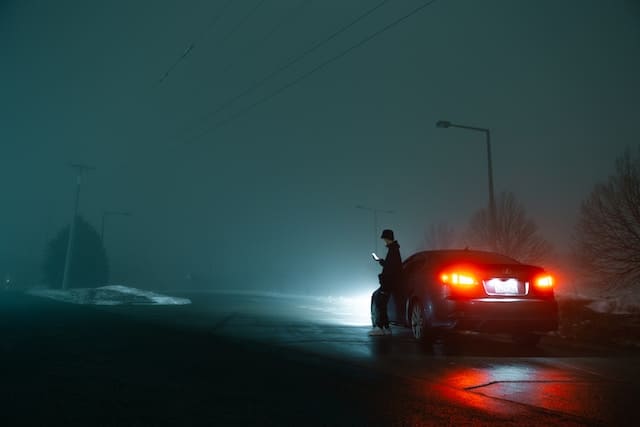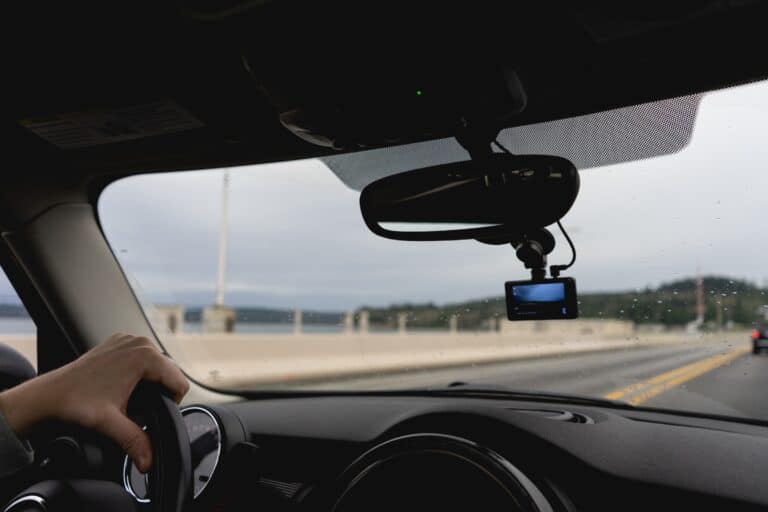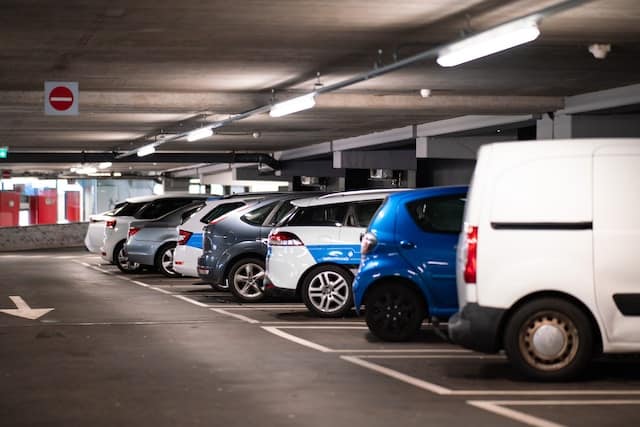What Dash Cam Do Police Use?
Are you curious about the types of dash cams that police officers use? Look no further! In this article, we will delve into the world of police dash cams and explore their features, benefits, and technology.
Dash cams have become an essential tool for law enforcement agencies worldwide, providing a firsthand account of critical moments during interactions with the public. By enhancing transparency and accountability in law enforcement, these devices play a crucial role in ensuring justice is served.
When it comes to dash cams used by the police, there are various options available. These cameras are specifically designed to withstand the demanding conditions encountered by officers on duty. They are equipped with features such as high-resolution recording capabilities, wide-angle lenses for capturing a broader perspective, and built-in GPS systems for accurate location tracking. Moreover, they often come with advanced storage options to securely store footage for later review or evidence purposes.
Dash cams not only provide valuable evidence in case of disputes or investigations but also act as a deterrent against misconduct from both parties involved in an interaction. The mere presence of a dash cam can significantly influence behavior and reduce the likelihood of abusive practices by either the officer or civilian. Additionally, these devices aid in training new recruits by allowing them to review real-life scenarios captured on camera.
Overall, police dash cams serve as unbiased witnesses that help maintain transparency while protecting both law enforcement officers and civilians alike. So let’s dive deeper into the fascinating world of police dash cams to gain a better understanding of their importance and impact on modern policing practices.
Types of Dash Cams Used by Police Officers
Police officers typically use a variety of dash cams to capture footage, allowing them to have an accurate and comprehensive record of their interactions while on duty. These dash cams come in different types, including front-facing, rear-facing, and dual-channel cameras.
- Front-facing cameras are mounted on the dashboard or windshield and provide a clear view of the road ahead. They capture important details such as license plates, traffic violations, and potential accidents.
- Rear-facing cameras are usually installed in patrol vehicles to monitor activities behind the police car. This helps document any incidents involving other vehicles or individuals approaching from behind.
- Dual-channel cameras combine both front and rear views into a single unit, providing a complete visual record of all directions. These dash cams often have additional features like built-in GPS for location tracking and night vision capabilities for recording in low-light conditions.
Overall, these various types of dash cams used by police officers play a crucial role in enhancing transparency, accountability, and safety during law enforcement operations.
Features of Police Dash Cams
Imagine having a reliable device that captures every crucial moment on the road, ensuring your safety and providing irrefutable evidence when needed. That’s exactly what police dash cams are designed to do.
These advanced devices come equipped with a range of features that make them essential tools for law enforcement officers. One key feature is high-definition video recording, which allows for clear and detailed footage of incidents. Additionally, many police dash cams have wide-angle lenses to capture a broader view of the scene. This ensures that no important details are missed during an investigation.
Another important feature is loop recording, which automatically overwrites older footage when the storage space is full, allowing officers to continuously record without worrying about running out of storage. Some dash cams also have built-in GPS systems, enabling precise location tracking during emergencies or pursuits.
Furthermore, many police dash cams have night vision capabilities, ensuring visibility even in low-light conditions. Overall, these features provide invaluable support to law enforcement officers by capturing critical moments on the road and serving as objective witnesses in case of disputes or legal proceedings.
Additionally, the presence of dash cams can act as a deterrent to potential offenders and promote accountability and transparency within the law enforcement system.
Enhancing Transparency and Accountability in Law Enforcement
Take a moment to envision a world where there’s greater transparency and accountability in the actions of law enforcement officers. One way this can be achieved is through the use of police dash cams. These devices have the potential to capture crucial evidence and provide an unbiased account of events. They can also enhance trust between law enforcement and the community they serve.
By recording interactions between officers and citizens, dash cams can help hold both parties accountable for their actions. They can also provide valuable insights into incidents that may otherwise be subject to conflicting narratives or misinformation.
Furthermore, dash cam footage can be used as a training tool for law enforcement agencies. It allows them to review and improve their practices based on real-life scenarios.
Overall, by enhancing transparency and accountability in law enforcement, police dash cams have the potential to foster a safer and more trusting relationship between officers and the communities they protect.
The Role of Dash Cams in Capturing Critical Moments
One powerful tool for capturing critical moments and ensuring accountability is through the use of dash cams. These small cameras, typically mounted on the dashboard or windshield of a police vehicle, record video and audio of interactions between law enforcement officers and members of the public.
Dash cams have become increasingly common in police departments across the country, as they provide an unbiased and objective account of events that can be used as evidence in criminal investigations or to review officer conduct. By capturing encounters from multiple angles and perspectives, dash cams help to shed light on what transpired during critical moments, offering a level of transparency that promotes trust between law enforcement agencies and the communities they serve.
Additionally, dash cam footage can be used for training purposes to identify areas where officers may need additional support or improvement. Overall, these devices play a vital role in holding both citizens and law enforcement accountable while fostering greater understanding and clarity in potentially contentious situations.
Technology Behind Police Dash Cams
The technology behind police dash cams allows for the capturing of crucial moments and ensuring accountability. These devices are equipped with high-definition cameras that can record both audio and video footage in real-time.
The cameras are typically mounted on the dashboard or windshield of police vehicles, providing a clear view of the surrounding area. They are designed to automatically activate when certain triggers occur, such as when the vehicle’s lights and sirens are turned on or when an officer engages in a pursuit.
The footage captured by these dash cams can be used as evidence in court proceedings, helping to provide an unbiased account of events and hold both officers and civilians accountable for their actions.
Additionally, many police dash cams feature advanced features such as GPS tracking, which allows for accurate documentation of an officer’s location during an incident. This technology not only provides transparency but also helps law enforcement agencies improve their training and procedures based on the analysis of recorded incidents.
Overall, police dash cams play a vital role in enhancing public trust and ensuring transparency within law enforcement operations.
Conclusion: What Dash Cam Do Police Use
In conclusion, police officers utilize various types of dash cams to enhance transparency and accountability in law enforcement. These devices are equipped with features that allow them to capture critical moments during interactions with the public.
The technology behind police dash cams plays a crucial role in providing an objective record of events, which can be used as evidence in investigations and legal proceedings.
One of the key benefits of using dash cams is their ability to provide an unbiased account of incidents involving law enforcement. By recording both audio and video footage, these devices offer a comprehensive view of interactions between police officers and individuals they encounter while on duty. This helps to ensure that actions taken by officers are properly documented and can be reviewed if needed.
Moreover, the use of dash cams promotes transparency within law enforcement agencies. It allows for greater public scrutiny and oversight, as citizens can have access to recorded footage through Freedom of Information Act requests or other means. This not only holds officers accountable for their actions but also helps build trust between communities and the police.
Overall, dash cams have become an essential tool for modern-day policing. They serve as a valuable source of evidence, improve officer professionalism, and contribute to building stronger relationships between law enforcement agencies and the communities they serve. As technology continues to advance, it’s likely that we’ll see even more sophisticated dash cam systems being deployed by police departments across the globe.
Further reading: Can You Get A Ticket From A Dash Cam?






